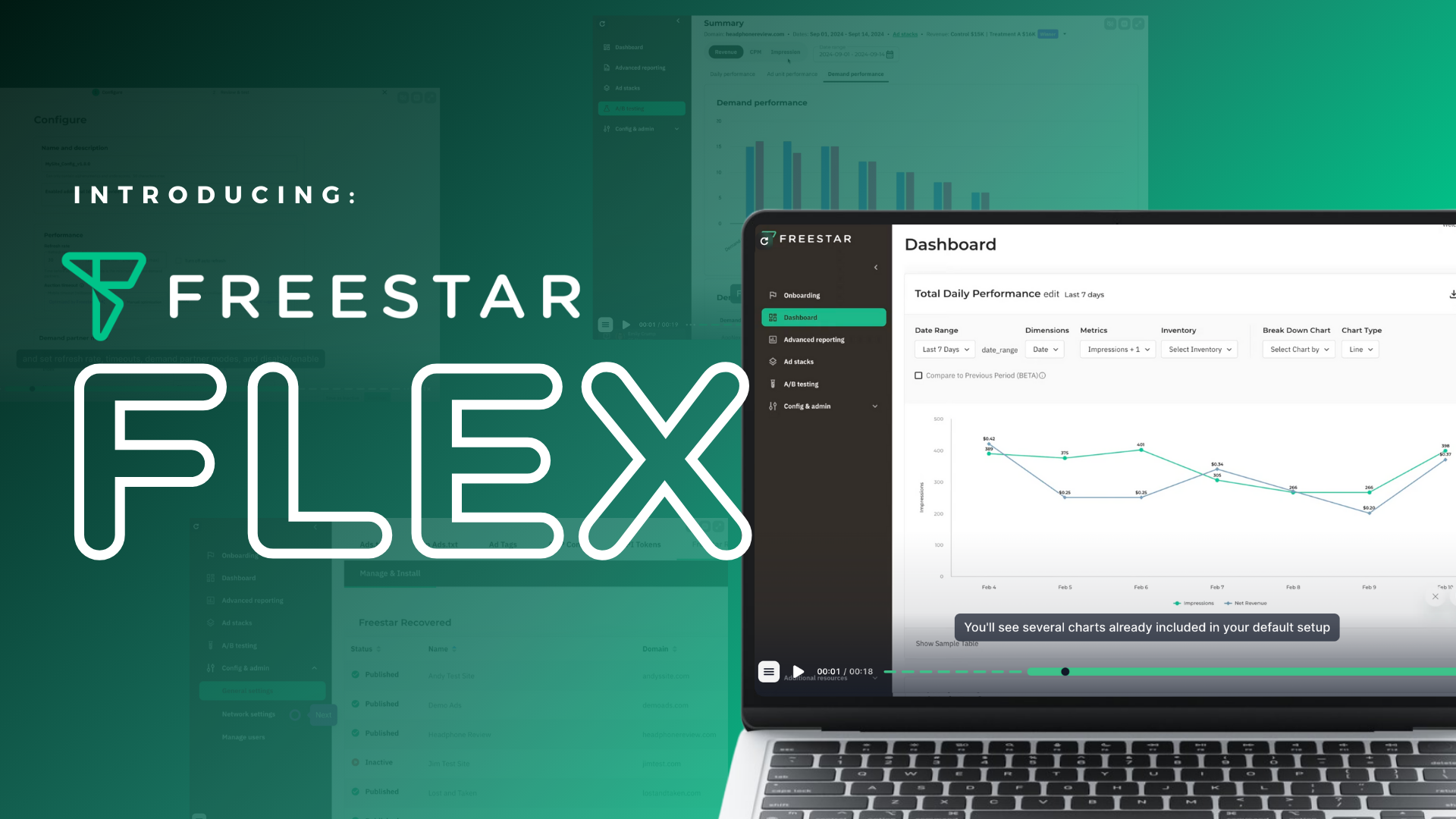Created by Anthony Losanno, VP, Advertising Sales
If 2020 taught us anything it’s that there is no certainty in what’s next. While COVID-19, civil unrest, and politics took center stage, the advertising industry continued to innovate and looked to the future. A recent eMarketer report revised its forecast to show 10% growth in digital ad spend in 2021. As the cookie crumbles, privacy concerns continue to make headlines, and consumers spend even more time on their mobile devices, here are five trends to watch in 2021.
5. The Machines Keep Learning
Artificial intelligence (AI) plays a role in all parts of advertising from creative to audience targeting and even ad buying. The Drum reports that related trends such as “the use of voice search, the introduction of blockchain, and 5G networks are likely to experience a boom in 2021.” Look for AI to have an even greater function in analyzing audiences and tailoring messages this year to make A/B testing obsolete.
4. Brands Must Take Action
Consumers are looking for companies that align with their values and make their positions known around social and environmental issues. Corporate social responsibility (CSR) is more than just a buzzword, especially with younger generations. Digital Media Solutions shares that “75% of Millennials have admitted to changing their shopping habits in order to align with the environment” and “63% of Gen Z shared that they are more likely to buy from a company that contributes to a social cause.” These messages need to be authentic and align with what a brand truly stands for or the backlash could be greater than having no position at all. Inclusivity is another area with increased focus this year. SocialMediaToday reports that “41% of shoppers will shift away from retailers which don’t reflect their views on identity and diversity and 29% are willing to switch brands completely if they don’t show enough diversity.”
3. Less is More
While it’s been around for a few years, six-second pre-roll may replace many of the thirty-second and fifteen-second spots. Consumers’ attention spans continue to shrink as they juggle working from home and time with families. GumGum and Adweek conducted a survey and “81% of respondents [found these shorter ads to be] effective.” Many users continue to reject advertising and will skip video ads whenever possible, but this succinct format seems to be more palatable. Short and sweet, the right creative can still deliver on brand awareness, brand engagement, and purchase intent. Statista reports that digital video ad spend will reach $12.66 billion by 2024 and a large part of this budget will go to shorter-form ads.
2. Ditching the Desktop?
This year, eMarketer predicts “U.S. mobile ad spending [will] increase 22% to over $117 billion.” According to BusinessofApps, “mobile ad placements grew 70% during H1 2020” due to lockdowns during the pandemic and this has not slowed down. People are working, keeping connected, and entertaining themselves with their phones. Statista’s Digital Market Outlook found that “mobile will account for 50% of ad spending [in] 2021 and finally surpass desktop in 2022.”
1. Context is King
With recent privacy laws (GDPR and CCPA) as well as changes being made on Apple’s mobile devices and Google’s Chrome, marketers will look for other ways to reach their targets. IAS reported that 44% of U.S. survey respondents said that “increased data privacy legislation would be the top digital media challenge” and “82% selected contextual targeting as their preferred method.” First-party data will definitely play a huge role, but brand-safe, contextually relevant sites that attract quality audiences will be on the top of many advertisers’ digital strategies. eMarketer found that as cookies go away that 34% of marketers plan to increase spending and emphasis on contextual advertising.
While we don’t have a crystal ball, a lot of these trends have been in the works for several years and may now be ready for primetime. Here’s to a year of innovation and prosperity.





